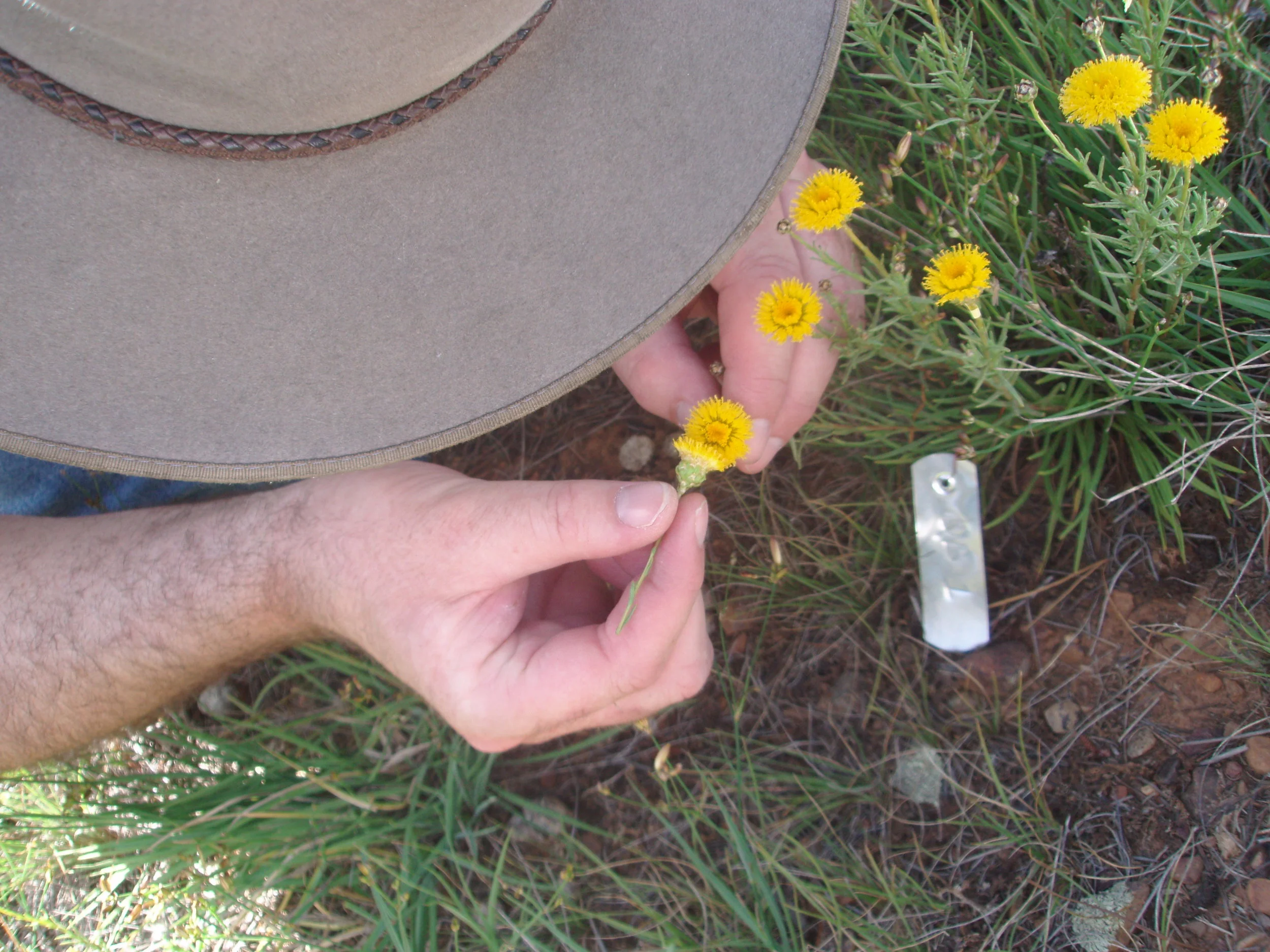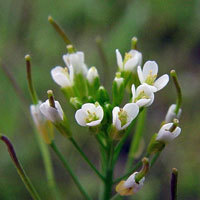Behavior, Ecology, Evolution, and Systematics
BEES consists of over 60 distinguished faculty from ten departments in five Colleges at the University of Maryland, including adjuncts from several nearby research institutions, such as the Smithsonian Institution, United States Department of Agriculture, and the National Institutes of Health. Together these individuals have expertise in behavioral ecology, neuroethology, physiological ecology, community ecology, conservation biology, population ecology, evolutionary ecology, evolutionary development, quantitative genetics, population genetics, evolutionary genetics, molecular evolution, systematics, and functional genomics.
Currently the Concentration Area Director for BEES is Dr. Dan Gruner (Entomology).
On-Campus Equipment
Specialized equipment on campus available for student use include a laboratory for evolutionary molecular sequence analysis, scanning, transmission and confocal microscopes, gas source stable isotope mass spectrophotometer, bioacoustic lab, flume lab, GIS lab, and high-speed network access to a wide range of desktop and super-computing facilities. Greenhouses for research are available. Students can also acquire training and conduct research at several sites off campus.
Tropical Field Sites
Many BEES faculty and students also conduct research in tropical regions. Some faculty have affiliations with independent laboratories or maintain their own study sites in various parts of the world, including Central and South America, Asia, Australia, and New Guinea. Others utilize field stations run by the Organization for Tropical Studies (OTS) in Costa Rica or the Smithsonian Tropical Research Institute (STRI) in Panama. Because the University of Maryland is a member of the OTS consortium, BEES students have priority consideration for enrollment in OTS courses in tropical biology.
Field Sites
The Beltsville Agricultural Research Center and the adjacent Patuxent Wildlife Refuge and Research Center are just a few miles north of campus and provide valuable facilities, habitat and animals that can be used by BEES students. These two centers together administer thousands of acres of unspoiled, managed, and cultivated lands for research purposes. Several BEES faculty maintain an active and productive relationship with both federal units.
Research
Research areas include quantitative, community, physiological, tropical, and behavioral ecology; evolutionary development; molecular evolution; evolutionary genetics; functional genomics; bioinformatics; phylogenetics; systematics; theoretical ecology; and evolutionary biology.
Explore Research Opportunities in BEES
We've partnered up with the Smithsonian Institution to bring you the one of the best research opportunities we have to offer.
NATIONAL ZOO
The Smithsonian Institution manages several research facilities utilized by BEES students. National Zoological Park includes both the National Zoo in northeast Washington, D.C. and the The Conservation & Research Center, located 65 km west of campus in Front Royal, Virginia. The National Zoo is a 163-acre public park with over 500 species of vertebrate and invertebrate animals on and off exhibit available for research by BEES students. Over 20% of the animals at the National Zoo are threatened with extinction and many cannot be studied elsewhere.
Facilities maintained by the Department of Zoological Research include climate-controlled holding rooms, and fully-equipped laboratories for bioacoustics, molecular genetics, nutrition and energetics. The Center for Research and Conservation includes 1600 acres in large paddocks for propagation and research on 35 species of endangered birds and mammals and 1600 acres in native forest with a permanent trapping grid for small mammals. Facilities include labs for endocrinology and GIS and a dormitory for students.
NATIONAL MUSEUM OF NATURAL HISTORY - LABORATORY OF ANALYTICAL BIOLOGY
The Laboratory of Analytical Biology is a research unit of the National Museum of Natural History located 35 km from campus in Suitland, Maryland. The lab is fully equipped for molecular genetic studies including automated and manual DNA sequencing, microsatellite development and typing, RFLP, AFLP and RAPD analysis. The unit has specialized facilities for work with ancient DNA and houses an important genetic resource collection, with over 12,000 cryopreserved plant and animal samples. Genetic data analysis is a particular strength. An array of high speed Unix platforms provide computational power for both phylogenetic and population genetic studies.
SMITHSONIAN ENVIRONMENTAL RESEARCH CENTER (SERC)
The Smithsonian Environmental Research Center is a 1000 ha research site encompassing 20 km of shoreline on the Rhode River and a landscape of coastal plain forests, agricultural fields, wetlands, and estuary connected to the Chesapeake Bay, 40 km east of campus. Facilities include instrumentation for analytical chemistry, dock and small boat fleet, plankton culturing facility, greenhouse, 50 m forest instrument tower, CO2 and trace gas field labs, GIS lab, electronics and machine shops, and a dormitory for students. Long-term data provide 20-30 year records of population fluctuations for many species at the site.













